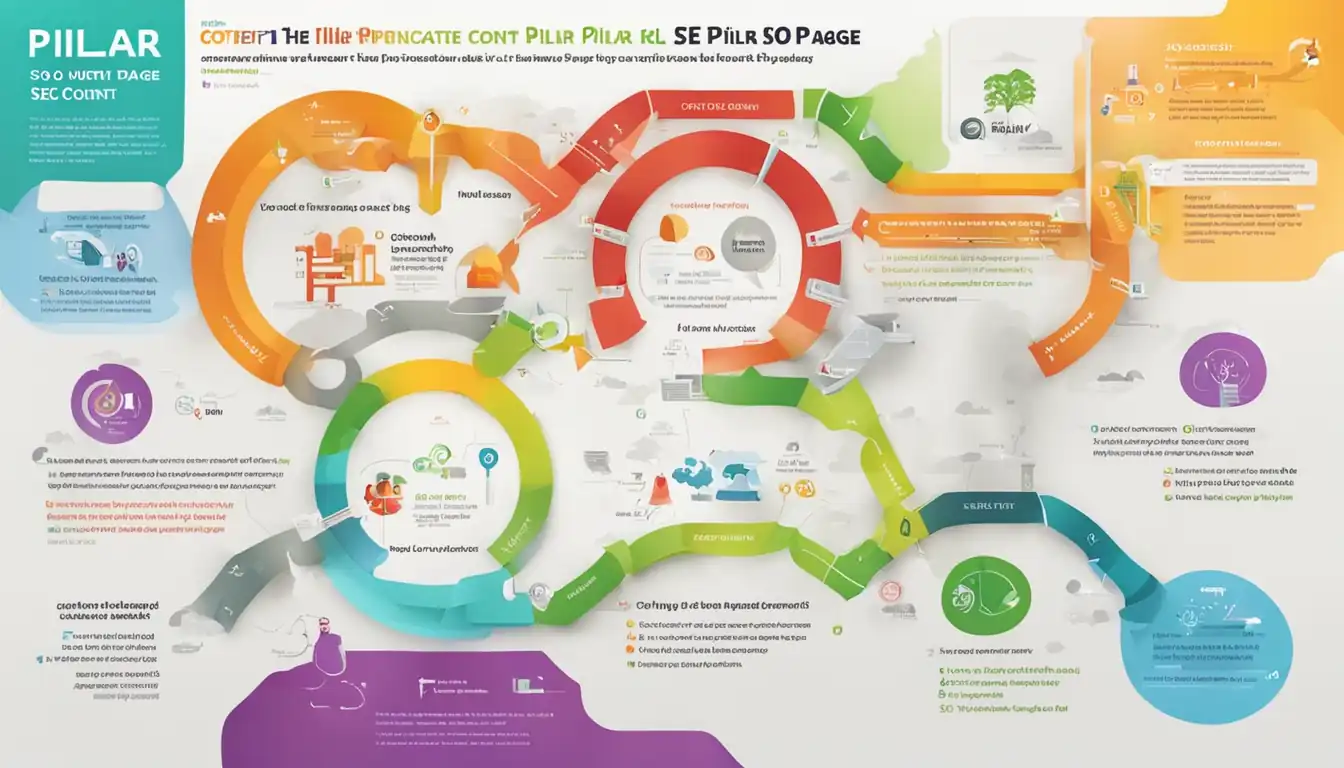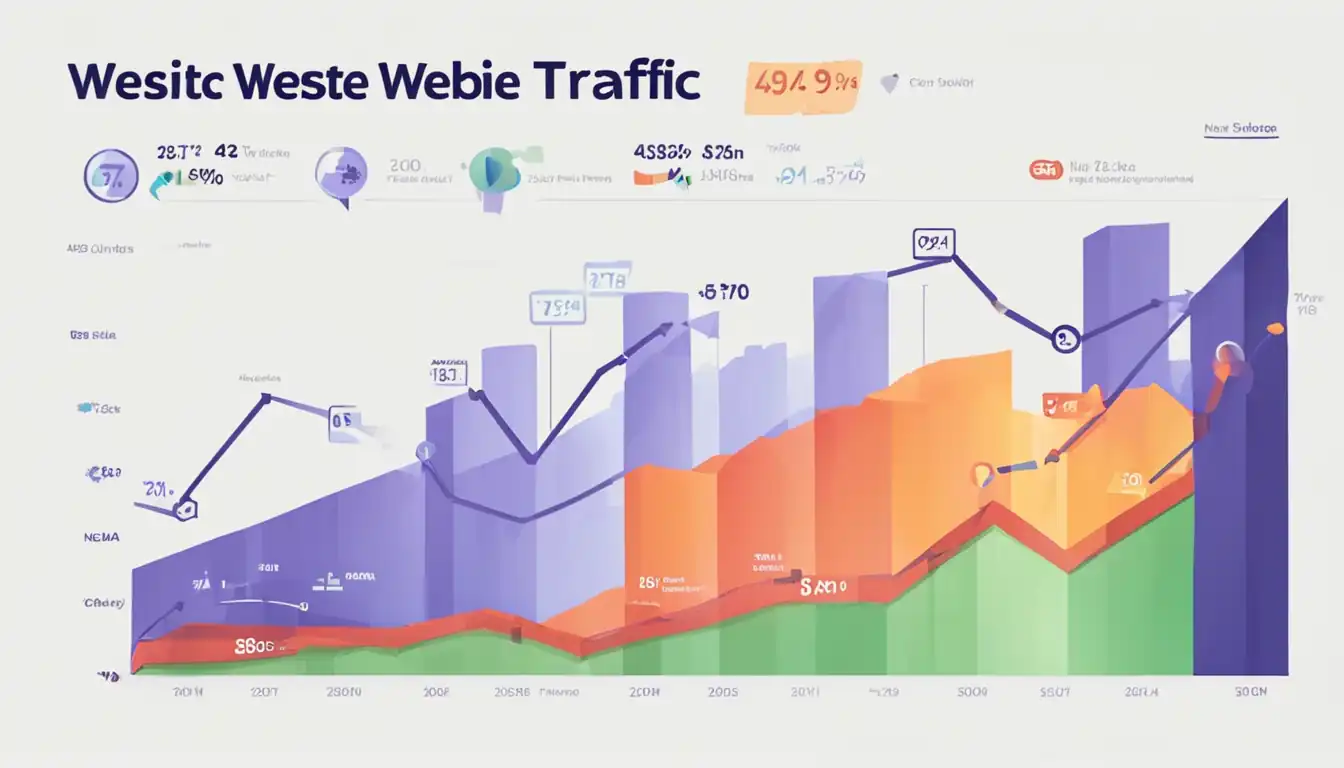Unpacking SEO Content Pillar Pages: A Deep Dive

When it comes to boosting your website's visibility on search engines, SEO content pillar pages are the unsung heroes of the digital marketing world. These powerhouse pages serve as the foundation for your entire content strategy, helping you rank higher in search results and attract more organic traffic. In this deep dive into SEO content pillar pages, we'll explore what they are, how to craft them effectively, key elements to include, linking strategies, and how to measure their success. So grab your snorkel and let's dive in!
What Are SEO Content Pillar Pages
Understanding the Concept
SEO content pillar pages are comprehensive pieces of content that serve as the central hub for a specific topic or keyword. They cover all aspects of the topic in-depth and provide valuable information to readers. These pages typically link out to related subtopics or cluster content, creating a hierarchical structure that search engines can easily crawl and index.
The Role in SEO Strategy
SEO content pillar pages play a crucial role in an effective SEO strategy. By creating a pillar page around a core topic or keyword, you establish your website as an authority on that subject. This not only helps improve your search engine rankings for the main keyword but also boosts visibility for related long-tail keywords and subtopics.
SEO content pillar pages also help to improve user experience by providing a centralized resource for visitors seeking information on a particular topic. This can increase dwell time on your site, reduce bounce rates, and ultimately drive more organic traffic to your website.
Crafting Your First SEO Content Pillar Page
Starting with a Solid Topic
When creating an SEO content pillar page, the first step is to choose a solid topic that aligns with your overall content strategy. This topic should be broad enough to cover multiple subtopics related to your main theme, but specific enough to provide valuable and in-depth information for your audience.
Consider conducting keyword research to identify popular search terms related to your topic. This will help you understand what your target audience is searching for and tailor your content accordingly. Additionally, think about the pain points or questions your audience may have that you can address in your pillar page.
Structuring Your Content Effectively
Once you have chosen a topic for your SEO content pillar page, it's important to structure your content effectively to maximize its impact on search engines and readers alike. Here are some key elements to consider when structuring your pillar page:
Introduction: Start with a compelling introduction that clearly outlines what the reader can expect from the page. This should include a brief overview of the topic and why it is important.
Subtopics: Break down your main topic into subtopics that can each be explored in more detail. These subtopics should be closely related to the main theme of the page and provide valuable information for the reader.
Internal Linking: Incorporate internal links throughout your pillar page to connect related content on your website. This not only helps readers navigate through your site but also signals to search engines that these pages are interconnected.
Visual Elements: Use images, videos, infographics, or other visual elements to break up text and make your content more engaging for readers. Visuals can also help illustrate complex concepts or data in a more digestible format.
Call-to-Actions (CTAs): Include clear CTAs throughout your pillar page to encourage reader engagement and guide them towards desired actions, such as signing up for a newsletter or downloading a resource.
By following these guidelines and structuring your SEO content pillar page effectively, you can create a comprehensive piece of content that not only ranks well in search results but also provides value to your audience.
Key Elements of an Effective Pillar Page

Comprehensive and Authoritative Text
When creating a pillar page, it is crucial to ensure that the text is comprehensive and authoritative. This means covering the topic in-depth, providing valuable insights, and showcasing expertise on the subject matter. The content should be well-researched, informative, and structured in a way that guides the reader through the topic seamlessly.
Key Points:
- Cover the topic in-depth
- Provide valuable insights
- Showcase expertise
- Ensure content is well-researched and informative
Interactive and Engaging Media
In addition to high-quality text, pillar pages should also incorporate interactive and engaging media elements. This can include videos, infographics, images, charts, or any other visual aids that enhance the user experience. Interactive media not only breaks up large blocks of text but also keeps readers engaged and helps them better understand complex concepts.
Key Points:
- Incorporate videos, infographics, images, charts
- Enhance user experience
- Keep readers engaged
- Aid in understanding complex concepts
Linking Strategies for Pillar Pages
Internal Linking Best Practices
Internal linking is a crucial aspect of SEO content pillar pages. By strategically linking related topics within your website, you can guide both users and search engines to relevant content. Here are some best practices for internal linking:
- Use descriptive anchor text: When creating internal links, use descriptive anchor text that accurately reflects the topic of the linked page.
- Link to relevant pages: Ensure that the pages you link to are closely related to the topic of your pillar page.
- Create a logical hierarchy: Organize your internal links in a logical hierarchy to make it easier for users and search engines to navigate your site.
How External Links Enhance Your Pillar's Authority
External links play a significant role in establishing your pillar page's authority and credibility. When reputable websites link back to your pillar page, it signals to search engines that your content is valuable and trustworthy. Here's how external links can enhance your pillar's authority:
"External links from authoritative websites can boost your pillar page's credibility and improve its ranking in search results."
- Build relationships with influencers: Collaborate with influencers and industry experts to earn external links from their websites.
- Guest posting: Contribute guest posts to reputable websites in your niche and include a link back to your pillar page.
- Monitor backlinks: Keep track of external websites linking to your pillar page and ensure they are high-quality sources.
Incorporating both internal and external linking strategies into your SEO content pillar pages can help improve their visibility, authority, and overall performance in search engine rankings.
Measuring the Success of Your Pillar Pages

Tools and Metrics to Use
When it comes to measuring the success of your pillar pages, there are several tools and metrics you can utilize to track their performance. Here are some key tools and metrics to consider:
Google Analytics: This tool provides valuable insights into traffic, user behavior, and conversions on your pillar pages. You can track metrics such as page views, bounce rate, time on page, and more.
Keyword Ranking Tools: Monitoring keyword rankings is crucial for assessing the visibility of your pillar pages in search engine results pages (SERPs). Tools like SEMrush or Ahrefs can help you track keyword positions over time.
Backlink Analysis Tools: Backlinks play a significant role in SEO, so it's essential to monitor the number and quality of backlinks pointing to your pillar pages. Tools like Moz or Majestic can provide insights into your backlink profile.
Social Media Analytics: If you're promoting your pillar pages on social media platforms, tracking social metrics such as shares, likes, and comments can give you an indication of their engagement levels.
Interpreting Data to Improve Performance
Once you have gathered data from these tools and metrics, it's crucial to interpret the information effectively to make informed decisions on how to improve the performance of your pillar pages. Here are some tips for interpreting data:
"Analyzing user behavior on your pillar pages can help identify areas for improvement."
Identify High-Performing Keywords: Look for keywords that drive significant traffic to your pillar pages and optimize them further for better results.
Analyze User Behavior: Pay attention to user engagement metrics like bounce rate and time on page to understand how visitors interact with your content.
Monitor Conversion Rates: Track conversion rates on your pillar pages to see if they are effectively driving desired actions from users.
By utilizing these tools and interpreting data effectively, you can continuously optimize your pillar pages for improved SEO performance.
Conclusion
As you navigate the vast ocean of SEO strategies, remember that SEO content pillar pages are like anchors that keep your website steady in the turbulent waters of search engine rankings. By understanding the concept, crafting engaging content, implementing effective linking strategies, and measuring success using the right tools, you can ensure that your pillar pages stand tall and strong amidst the ever-changing tides of digital marketing. So go ahead, unleash the power of pillar pages and watch your website soar to new heights!